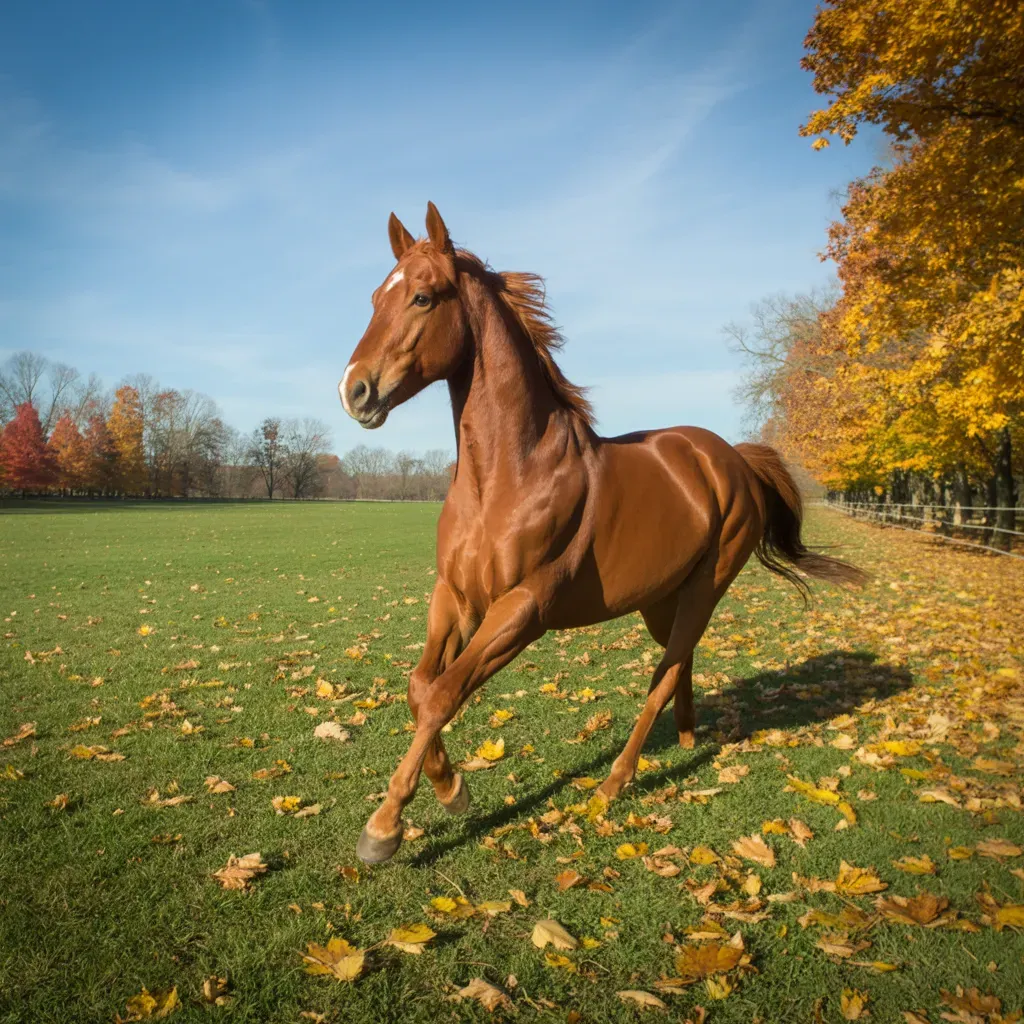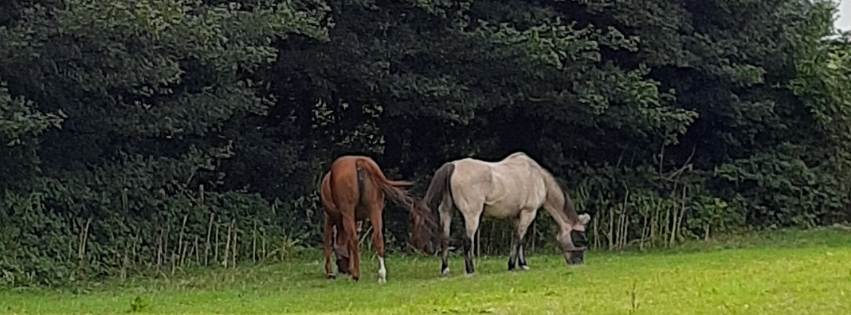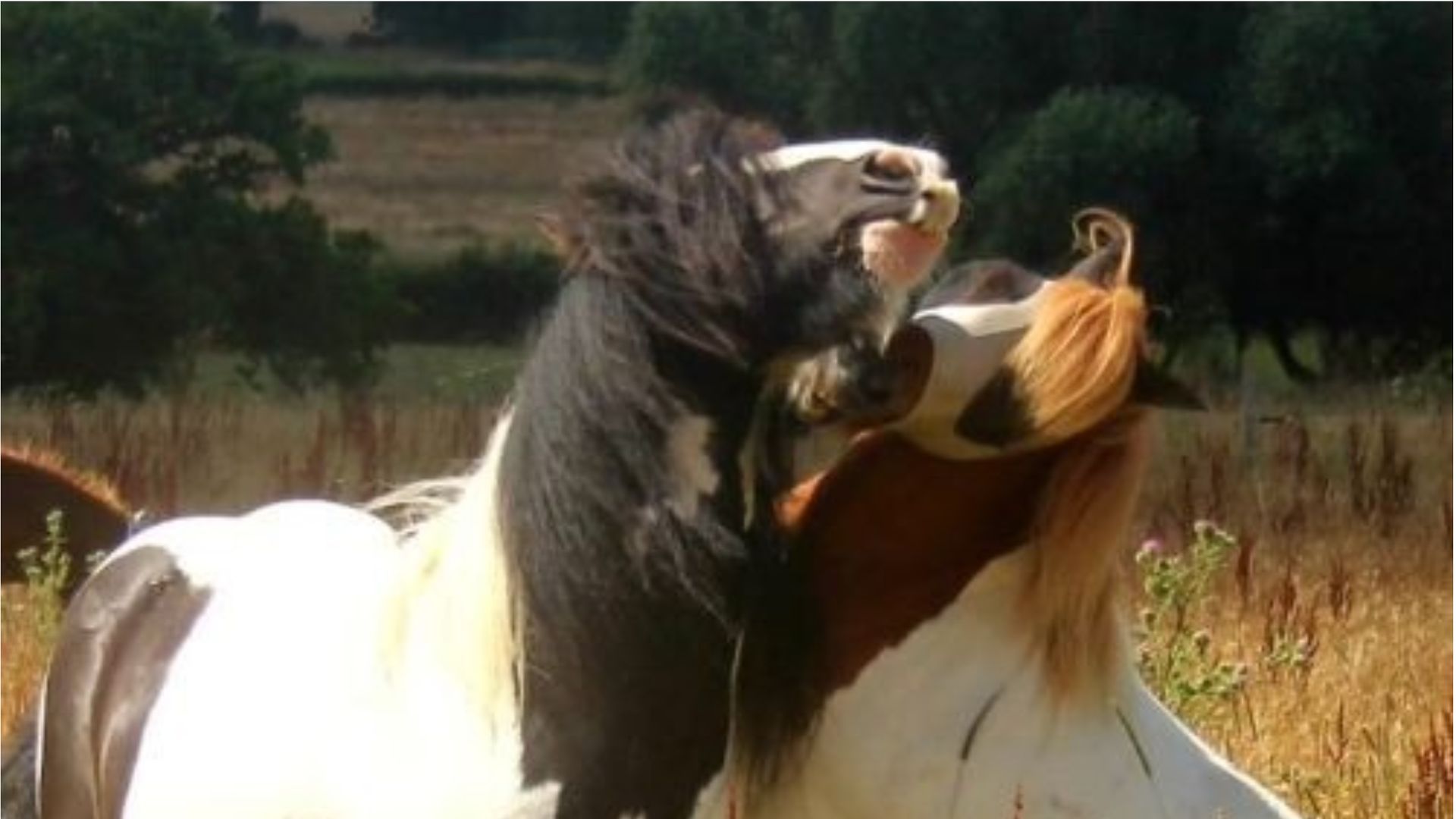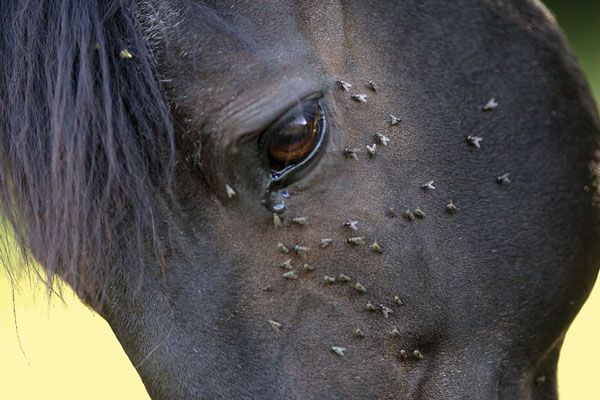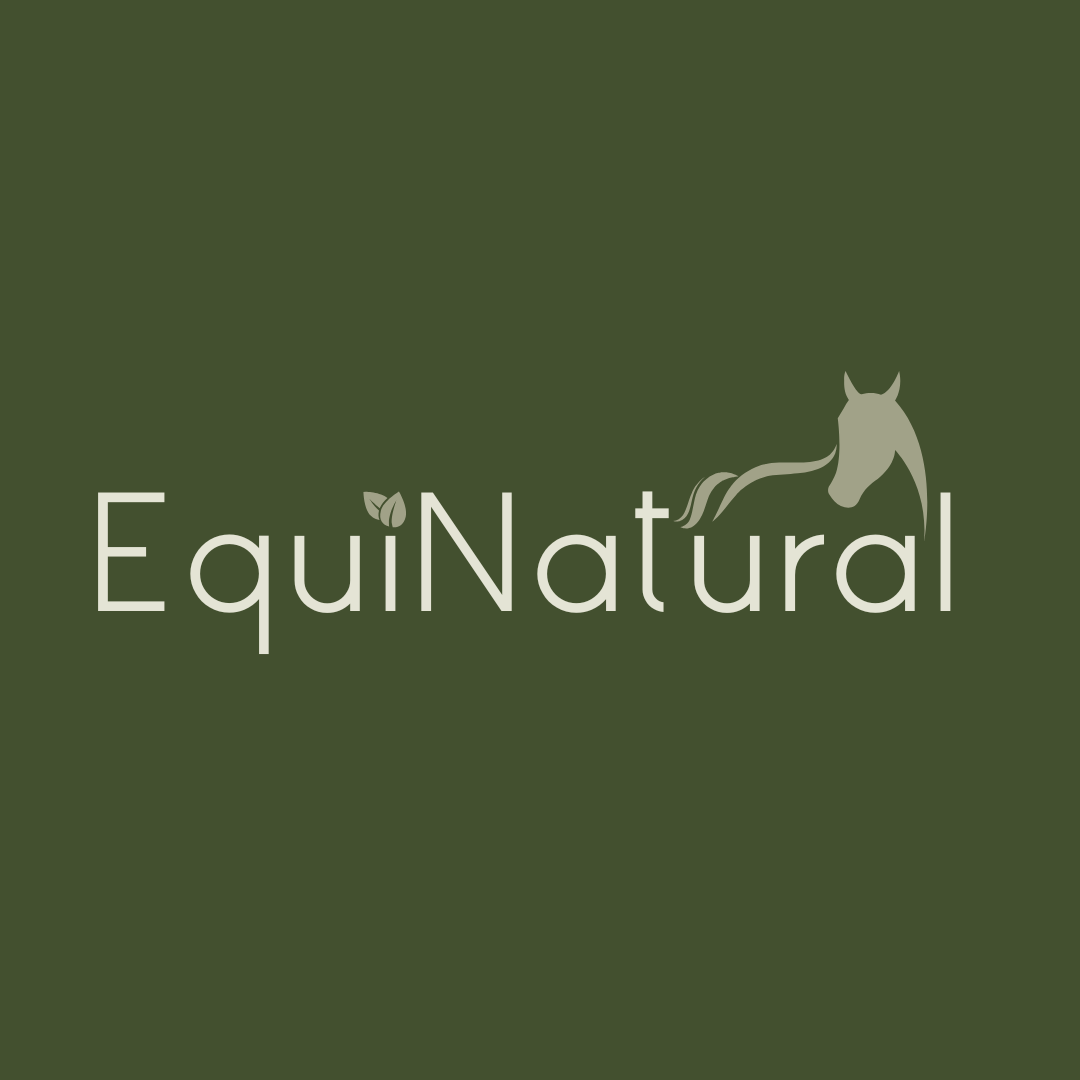Prebiotic foods for postbiotic abundance
Look after the gut, and the gut will look after you
Image - Murf, Carms, MacAttack, Cookie & Pops, Mar'2020
Following on from our blog post last year on the friendly commensal gut bacteria (We are what we eat - meet Commensal Gut Microbes), we touched on the importance of feeding specialised prebiotic fibres to feed those commensal bugs. This in turn stimulates the growth of the friendly gut biome colonies, producing the positive knock-on effect of maximising a plentiful production of beneficial metabolites - those hindgut fermentation by-products necessary for the body’s metabolism, aka postbiotics.
With new microbiome evidence hitting the headlines by the day, I think it’s fair to say that we all now pretty much know that a balanced and healthy gut microbiome is essential for optimal immune function, and that the intestinal microbial community - as well as their metabolites - impact the health of the host body system-wide. And when it comes to our horses, supporting those friendly commensal gut microbes via a diverse range of grass species' fibres and prebiotic foods will not only ensure a biome full of friendly bacteria, but also those fermentation by-products, postbiotics, that will guarantee nutritional, metabolic, and immune health benefits.
The evidence is out there – feed the gut right and you have effective therapeutic strategies that combat chronic diseases, i.e.:
• Decreased risk of EMS/obesity.
• Slower progression of liver and kidney issues.
• Lessening of anxiety symptoms, chronic fatigue and pain.
• Prevention of ulcerative colitis relapse.
The list goes on, but how exactly do the benefits work? Simple – it’s all about the relationship between fibre-rich foods that include prebiotics and the hindgut microbiota’s fermentation by-products.
What are prebiotics?
Soluble and insoluble fibres are indigestible carbohydrates that are available in plants and plant-based foods, the difference between them being that soluble fibre easily dissolves in water and is broken down into a gel-like substance in the colon, with insoluble fibre remaining intact as food moves through the gastrointestinal tract. Soluble fibre helps improve digestion and lower blood sugar, while insoluble fibre can soften the faeces, making them easier to pass. Just to confuse matters, psyllium husks, a renowned digestive aid, are both soluble and insoluble, which is why it's uber-fabulous to clean up the intestines.
While insoluble fibres help with the efficient elimination of wastes, it's soluble fibre prebiotics that promote fermentation by the hindgut microbe community. And it's these that are selectively used by the host's microorganisms, from where our horses get their nourishment.
Put simply, it’s a non-digestible plant food ingredient that promotes the growth of the beneficial microbes in the intestines; in other words, prebiotics feed the friendly,commensal gut microbial community. The hindgut microbes ferment these non-digestible compounds and obtain energy through the degradation process so their activity and growth can thrive. Long and short, prebiotics completely influence the gut microbiome environment, and literally make or break the health-protective gut microbe communities.
For us humans, well-known prebiotic foods are chicory root, dandelion greens in salads, Jerusalem artichoke (but watch out for the, er, flatulence effect), garlic, onions, leeks, asparagus and bananas, to name a few. For our horses, it’s so much simpler – the cellulose fibre inside all those lovely multi-grass species' stems, and various roots/barks/mosses (such as our WildFed blend), are our horses' ideal, and beautifully natural, prebiotics.
As far as the science goes, to be classified as a prebiotic, certain criteria are required, such as documented beneficial health effects, with selective microbiota-mediated mechanisms. You may have seen names of prebiotic examples that naturally exist across the board for our horses, such as:
- Fructans, including inulin (a soluble starch fibre, found in abundance in chicory and jerusalem artichoke) and fructo-oligosaccharide. Bear in mind that these are appropriate for the human gut biome (very different to a horse's) and on which studies are based on, yet you'll commonly see these in equine feeds and gut supplements. So what does Oligosaccharides mean? Well, it's Greek for ‘a few sugars’, or to be more specific, carbohydrates combined of simple sugars (monosaccharides) and starches (polysaccharides). You'll usually see them listed as fructo-oligosaccharides (FOS prebiotic) and mannan-oligosaccharides (MOS prebiotic), with fructo and mannan indicating where the sugars come from; fructo refers to plant sugars and mannan refers to yeast.
- Polyphenols, a category of plant compounds packed with antioxidants and potential health benefits, protecting the body's tissues against oxidative stress and associated pathologies such as cancer and inflammation. You may have heard of the 'oily herbs' that are now an equine gut support trend, all being high in polyphenols. See our BiomeTonic as an example, useful to feed as ongoing support to maintain a healthy intestinal tract environment for those beneficial biome microbes.
There are numerous human-based studies showing the significant health benefits. In a 2015 randomised controlled trial, participants replaced refined wheat with whole grain wheat in their diet and noted a significant increase in ferulic acid, an antioxidant and anti-inflammatory agent, as well as an increase in its metabolite dihydroferulic acid, one of the main metabolites of curcumin (found in turmeric root) which has potent antioxidant/free radical-scavenging properties.
In another human study in 2019, a small, single-group design trial evaluated health impacts in healthy individuals after the daily consumption of vegetables rich in inulin-type fructans, aka ITFs (before you twitch at the mention of fructans, remember this is a human study, but you'll get the point of the study results in relation to 'species-appropriate' prebiotics).
Assessments included nutrient intake, faecal microbiota composition, microbial fermentation, gastrointestinal symptoms, and food-related behaviour. During the two-week intervention period, participants followed a controlled diet that was based on ITF-rich vegetables and included an intake of 15 grams of ITF per day. At the end treatment, one primary microbial modification included an increased proportion of the health-promoting Bifidobacterium genus. In addition, participants demonstrated greater satiety and improved intestinal comfort by the end of the study.
Postbiotics and their health benefits
The concept of postbiotics is based on the observation that a host’s health benefits from gut microbes is due in part to their secretion of metabolites and fermentation by-products. As the hindgut commensal gut microbes break down prebiotics through fermentation, the resulting postbiotics demonstrate positive health effects from their potential immunomodulatory, anti-inflammatory and antioxidant properties. It's also thought that they help to inhibit pathogens.
As this science continues to evolve, the International Scientific Association for Probiotics and Prebiotics (ISAPP) recently declared a standardised definition of a postbiotic as "inanimate microorganisms and/or their components that demonstrate host health benefit".
As mentioned often across this website, our friends butyrate, propionate and acetate, the short-chain fatty acids (SCFAs), are examples of postbiotics being produced by prebiotic degradation. Their range of health benefits include providing the main energy source for ATP, as well as enhancing the integrity of the intestinal barrier, and satiety signaling to positively impact glucose and energy homeostasis. All positive health benefits, as well as promoting the growth of thge other beneficial microbe colonies through bacterial cross-feeding.
SCFA abundance may also be involved in the prevention of chronic conditions. Another human study in 2019 evaluated the faecal samples of 300 one-year-old infants, and suggested significant associations between the levels of SCFAs due to an infant’s diet and development of atopy (a problem with the immune system that increases the likelihood of developing allergies, i.e. asthma). The analysis indicated that those children with the highest levels of butyrate and propionate in their faeces at the age of one, had significantly less atopic sensitisation and were less likely to have asthma between the ages of three and six. In addition, those with the highest levels of butyrate were also less likely to have a reported diagnosis of food allergy or allergic rhinitis.
There's no doubt that the composition of the gut microbiota colonies is really important when it comes to the metabolism of prebiotics, and their resulting postbiotics. For polyphenols, for example, certain fermentation products will only be present, and their health benefits fully realised, if specific bacteria - or groups of bacteria - are present within a gut landscape. Depending on the gut microbiota composition, a prebiotic could be metabolised via different pathways, resulting in different fermentation metabolites being produced, so for our horses it’s so vital that we feed them as they’ve evolved, as in cellulose fibre from stemmy multi-diverse grass species and roughage (fruits, berries, leaves and barks) – it’s an absolute cornerstone of how we need to care for our horses.
To conclude
Get the diet right and we optimise our horse’s gut function and improve their overall health. Here's a thing though; no biome is the same – every horse’s biome (and human’s, for that matter) is unique, which means that the individuality of each and every gut microbial landscape needs a diverse diet of plant foods and roughage, as well as the all-important fibre sources, which will help to ensure a varied intake of prebiotic fibres and maximise an abundant production of beneficial metabolites.
Sources:
1. Tuso PJ, Ismail MH, Ha BP, Bartolotto C. Nutritional update for physicians: plant-based diets. Perm J. 2013;17(2):61-66. doi:10.7812/TPP/12-085
2. Adair KE, Bowden RG. Ameliorating chronic kidney disease using a whole food plant-based diet. Nutrients. 2020;12(4):1007. doi:10.3390/nu12041007
3. Dinu M, Abbate R, Gensini GF, Casini A, Sofi F. Vegetarian, vegan diets and multiple health outcomes: a systematic review with meta-analysis of observational studies. Crit Rev Food Sci Nutr. 2017;57(17):3640-3649. doi:10.1080/10408398.2016.1138447
4. Sterling SR, Bowen SA. The potential for plant-based diets to promote health among Blacks living in the United States. Nutrients. 2019;11(12):2915. doi:10.3390/nu11122915
5. Null G, Pennesi L. Diet and lifestyle intervention on chronic moderate to severe depression and anxiety and other chronic conditions. Complement Ther Clin Pract. 2017;29:189-193. doi:10.1016/j.ctcp.2017.09.007
6. Chiba M, Nakane K, Tsuji T, et al. Relapse prevention by plant-based diet incorporated into induction therapy for ulcerative colitis: a single-group trial. Perm J. 2019;23:18-220. doi:10.7812/TPP/18-220
7. Gibson GR, Hutkins R, Sanders ME, et al. Expert consensus document: The International Scientific Association for Probiotics and Prebiotics (ISAPP) consensus statement on the definition and scope of prebiotics. Nat Rev Gastroenterol Hepatol. 2017;14(8):491-502. doi:10.1038/nrgastro.2017.75
8. Salminen S, Collado MC, Endo A, et al. The International Scientific Association of Probiotics and Prebiotics (ISAPP) consensus statement on the definition and scope of postbiotics [published correction appears in Nat Rev Gastroenterol Hepatol. 2021;18(9):671] [published correction appears in Nat Rev Gastroenterol Hepatol. 2022;19(8):551]. Nat Rev Gastroenterol Hepatol. 2021;18(9):649-667. doi:10.1038/s41575-021-00440-6
9. Davani-Davari D, Negahdaripour M, Karimzadeh I, et al. Prebiotics: definition, types, sources, mechanisms, and clinical applications. Foods. 2019;8(3):92. doi:10.3390/foods8030092
10. Vitaglione P, Mennella I, Ferracane R, et al. Whole-grain wheat consumption reduces inflammation in a randomized controlled trial on overweight and obese subjects with unhealthy dietary and lifestyle behaviors: role of polyphenols bound to cereal dietary fibre. Am J Clin Nutr. 2015;101(2):251-261. doi:10.3945/ajcn.114.088120
11. Hiel S, Bindels LB, Pachikian BD, et al. Effects of a diet based on inulin-rich vegetables on gut health and nutritional behavior in healthy humans. Am J Clin Nutr. 2019;109(6):1683-1695. doi:10.1093/ajcn/nqz001
12. O’Callaghan A, van Sinderen D. Bifidobacteria and their role as members of the human gut microbiota. Front Microbiol. 2016;7:925. doi:10.3389/fmicb.2016.00925
13. Zólkiewicz J, Marzec A, Ruszczynski M, Feleszko W. Postbiotics—a step beyond pre- and probiotics. Nutrients. 2020;12(8):E2189. doi:10.3390/nu12082189
14. Aguilar-Toalá JE, Garcia-Varela R, Garcia HS, et al. Postbiotics: an evolving term within the functional foods field. Trends Food Sci Technol. 2018;75:105-114. doi:10.1016/j.tifs.2018.03.009
15. Wegh CAM, Geerlings SY, Knol J, Roeselers G, Belzer C. Postbiotics and their potential applications in early life nutrition and beyond. Int J Mol Sci. 2019;20(19):4673. doi:10.3390/ijms20194673
16. Collado MC, Vinderola G, Salminen S. Postbiotics: facts and open questions. A position paper on the need for a consensus definition. Benef Microbes. 2019;10(7):711-719. doi:10.3920/BM2019.0015
17. Oliphant K, Allen-Vercoe E. Macronutrient metabolism by the human gut microbiome: major fermentation by-products and their impact on host health. Microbiome. 2019;7(1):91. doi:10.1186/s40168-019-0704-8
18. Toca MDC, Burgos F, Fernández A, et al. Gut ecosystem during infancy: the role of “biotics.” Arch Argent Pediatr. 2020;118(4):278-285. doi:10.5546/aap.2020.eng.278
19. Rowland I, Gibson G, Heinken A, et al. Gut microbiota functions: metabolism of nutrients and other food components. Eur J Nutr. 2018;57(1):1-24. doi:10.1007/s00394-017-1445-8
20. Fu X, Liu Z, Zhu C, Mou H, Kong Q. Nondigestible carbohydrates, butyrate, and butyrate-producing bacteria. Crit Rev Food Sci Nutr. 2019;59(Suppl 1):S130-S152. doi:10.1080/10408398.2018.1542587
21. Venter C, Eyerich S, Sarin T, Klatt KC. Nutrition and the immune system: a complicated tango. Nutrients. 2020;12(3):E818. doi:10.3390/nu12030818
22. Roduit C, Frei R, Ferstl R, et al. High levels of butyrate and propionate in early life are associated with protection against atopy. Allergy.2019;74(4):799-809. doi:10.1111/all.13660
23. Cortés-Martín A, Selma MV, Tomás-Barberán FA, González-Sarrías A, Espín JC. Where to look into the puzzle of polyphenols and health? The postbiotics and gut microbiota associated with human metabotypes. Mol Nutr Food Res. 2020;64(9):e1900952. doi:10.1002/mnfr.201900952
24. Mayo B, Vázquez L, Flórez AB. Equol: a bacterial metabolite from the daidzein isoflavone and its presumed beneficial health effects. Nutrients. 2019;11(9):2231. doi:10.3390/nu11092231
Originally published 29.9.22


